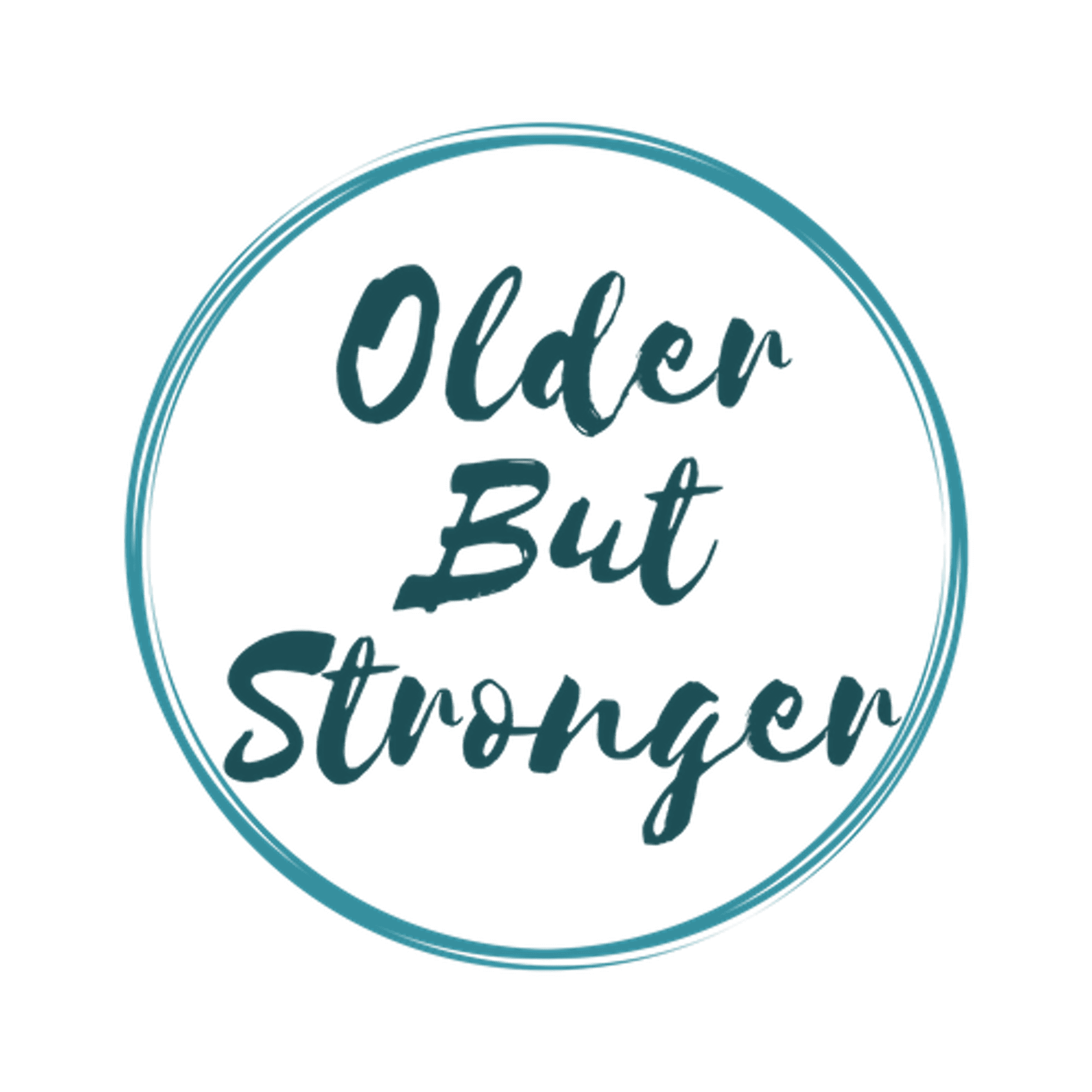
Let’s talk about the importance of breathwork. Breathwork gives us access to our emotional body and intuition – breath is a part of our unique and extraordinary design. We average about 24000 breaths a day, and after the age of five and a half, most of us start breathing in a way that we were not intended to breathe, in a way that wasn’t part of the design. We have the choice to use our breath to transcend, to perform at a higher level. We have the opportunity to enhance our sleep, improve our digestion, to spark our creativity. The other option is to allow improper breathing patterns to increase our stress and make us more susceptible to life’s injuries.
When you train yourself to tune into the breath, you gain awareness and can quickly decide where and when you are out of alignment, physically and emotionally. There’s a reason that every spiritual tradition touches on the breath, even if it’s just symbolically. The mechanics of breathing are also essential to consider. When you breathe excessively through the mouth, you are inefficient in using oxygen. You’ll also be more susceptible to adrenal fatigue, and you’ll burn out faster because you will be accessing what is called the “sympathetic nervous system,” the fight-flight or freeze system.
The other option is to be in a parasympathetic rest and digest state. We do that mainly through slow inhales and exhales done through the nose. It’s also essential to breathe consciously. What does that mean? It means to breathe for a certain amount of time in a certain way with a certain rhythm. It’s about disconnecting from the noise. It’s about going within and just being. When we breathe consciously, we’re better able to handle our energy and our life force. The breath links the body and the mind, between the conscious mind and the nonconscious mind, the conscious mind and divine intelligence.
It’s also a bridge to collective intelligence. Every emotional or psychological state has a corresponding breathing pattern. Our biochemical states, our spiritual states have an accompanying breath pattern. When our breathing pattern changes, our state changes. When our state changes, our breathing pattern changes. One of the ways that we can get in touch with this whole process is the breath awareness that goes along with conscious breathing. You can look at it as a first date. You’re curious (part of my idea of a first date, anyway).
You then move from breath awareness to breath control. That’s where you’re breathing with a specific rhythm rate and pattern. You’ll go from allowing yourself to be breathed by the body and what’s happening around you to taking control of the breath to provide a specific outcome. Breath awareness and observation of the breath both comprise particular forms of meditation. As we learn to master our breath, we also learn to master our body and mind.
Every trauma or upset we have experienced since birth will impact our unconscious breathing patterns and that impact that we suffer usually results in an inhibition of breath.
There are many forms of breath practice. There’s rebirthing, holotropic breathing, and transformational breath. The Wim Hof method is based on the ancient Tummo method of breathing, pranayama – and just like an artist has more than one color on their palette, someone who truly wants to investigate this life force – the power of breath – will take time to look at each of these areas.
Being mindful of the breath is fundamental to all the above-mentioned breath practices. One fundamental is practicing the breath with intention and affirmation of thought. Another essential to any breath practice is relaxation. To connect with the life force, prana, Chi, Qi, relaxation has to be part of the practice. Using the breath for energy is another aspect of most breathwork practices, as is using different channels. In other words, the mouth, the nose, one nostril versus the other.
Different breath schools deal with those differently. Along with using other channels, one can use the power of sound that results in things like ocean breath or humming.
Physiology also plays a role in various types of breath practices. Sound and breath movement and breath thought and breath – these are all parts of the experience. Play with the inhale. Play with the exhale. Play with the pause. Experiment with the location of the breath. Are you doing belly breathing? Diaphragmatic breathing? Are your chest and accessory muscles in the neck and shoulders playing a significant part in the process? Is there a combination of all of these in a wave? Where is your tongue? are you conscious of your palate?
One of the best ways to start your practice if you’re new to the breathing space – the conscious breathing space – is with a sigh of relief, something we’ve all done. But this time, you’re making it conscious. You next combine that sigh with a positive thought and intention and engage in a more exaggerated sigh. Is it time to learn how to let go and release? It’s not just about the lungs, proper breathing, conscious breathing.
Another good practice for beginning breath workers is to take a normal inhale, followed by a normal exhale and then hold your breath. Notice what thoughts come up as you hold your breath. Notice what body sensations you feel when you start to experience what may seem to be discomfort. Reframe that thought. Examine your thoughts and feelings around this air hunger, then release and notice how, without effort, the inhale naturally happens. You are “being breathed” in this case. Getting comfortable with longer and longer pauses of 30 seconds to one minute would be a reasonable goal for people in good health.
When we talk of breath, it comes up in our language. The word “conspiracy” means “to breathe together.” The origin of the word “inspire” referred to a divine or supernatural being that would impart a truth or idea to someone. Breathing is an expression and a reflection of our physical, psychological, and emotional state. When people synchronize their breathing, they connect energetically beyond conscious awareness. See what happens when you match and mirror another person’s breath. You’ll develop a connection to them that is beyond words.
Breath can lay the foundation for deeper rapport. It’s pure, natural, and moves beyond geographic or tribal boundaries. And I think that’s something we all need right now. Please get back to me with any questions or if you want to know how you can go deeper. Breathe in peace and love. Take care.
